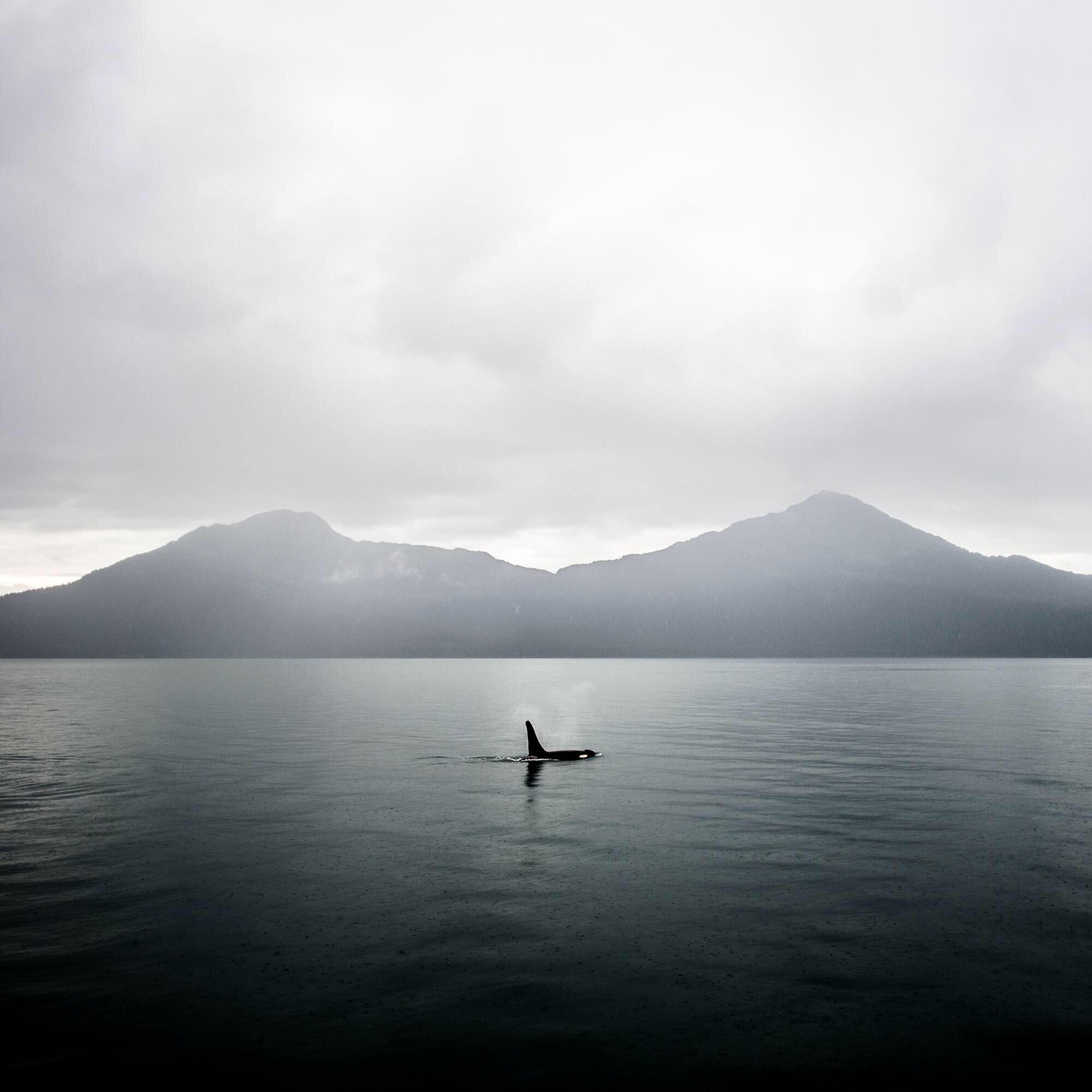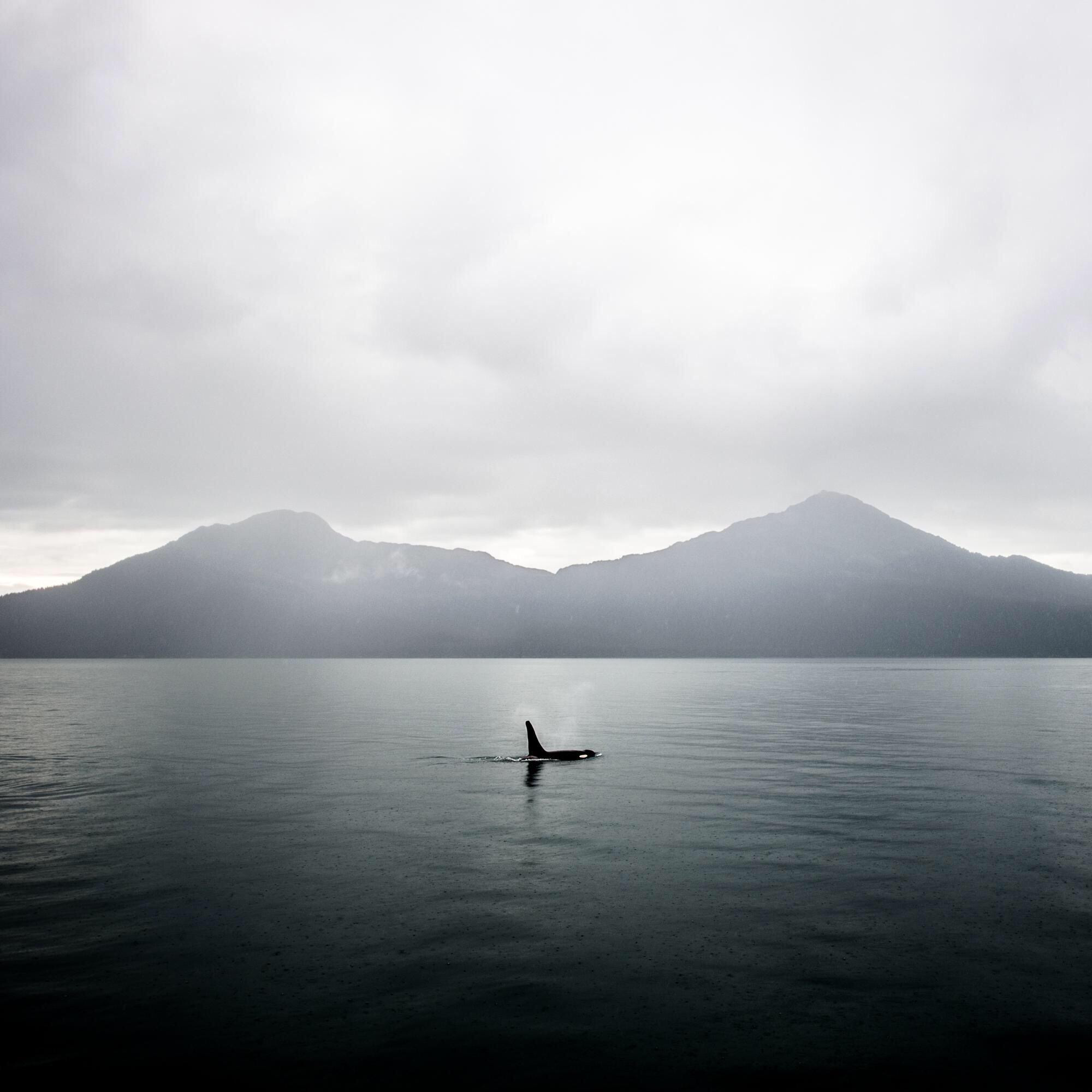Disclaimer
All users must be trained and competent in the use of this equipment
Failure to adhere to proper training and safety guidelines may result in injury or death.
The information below is not a replacement for professional training. Please reach out to your local dive shop to learn more about getting certified for scuba.
Inspect the system
Visually check for damage prior to every use.
If your bottle has been opened for travel, ensure it is clean, empty, and dry.
Always check the O ring and ensure it is seated correctly at the base of the threads before reinstalling the first stage regulator.
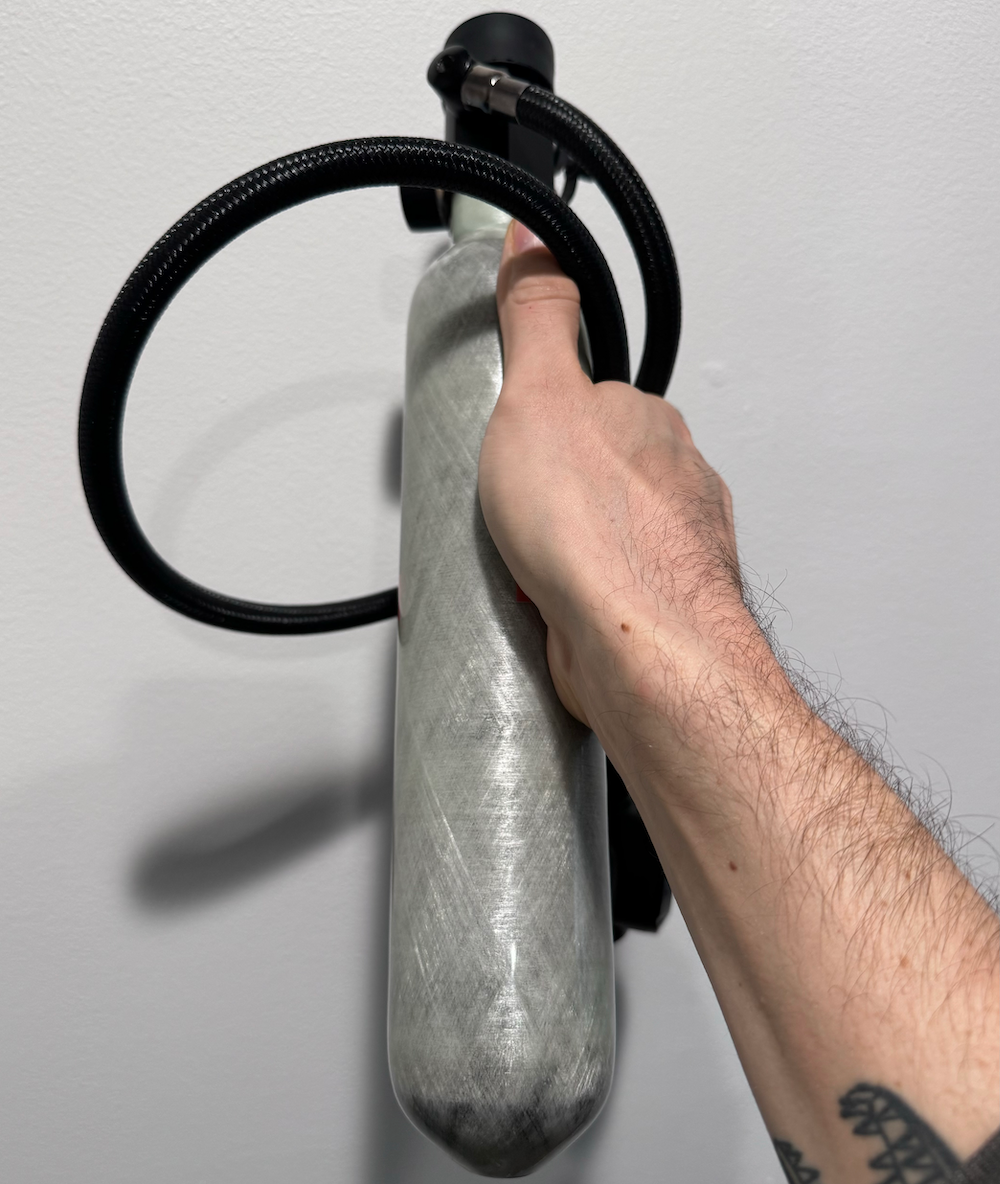
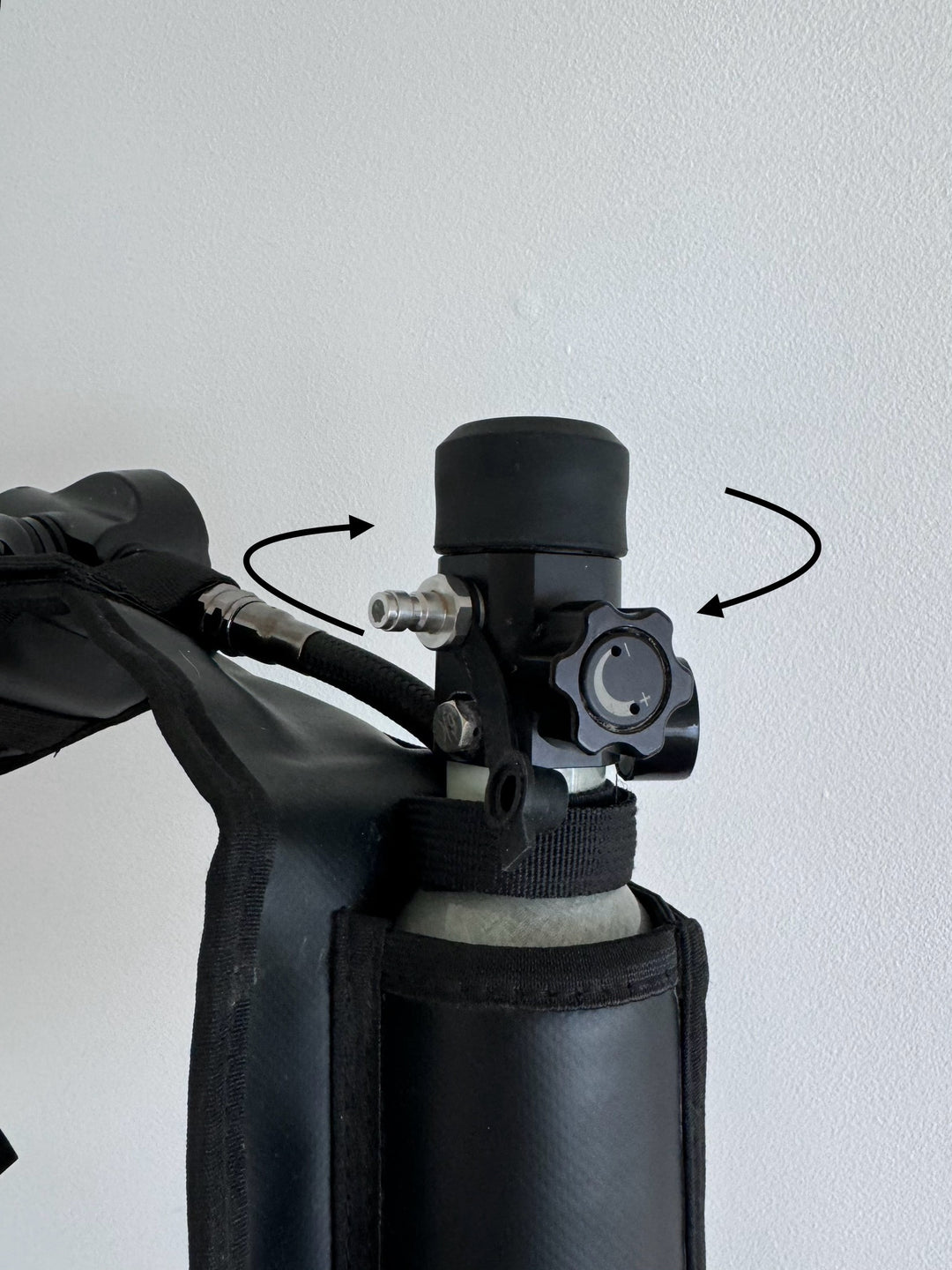
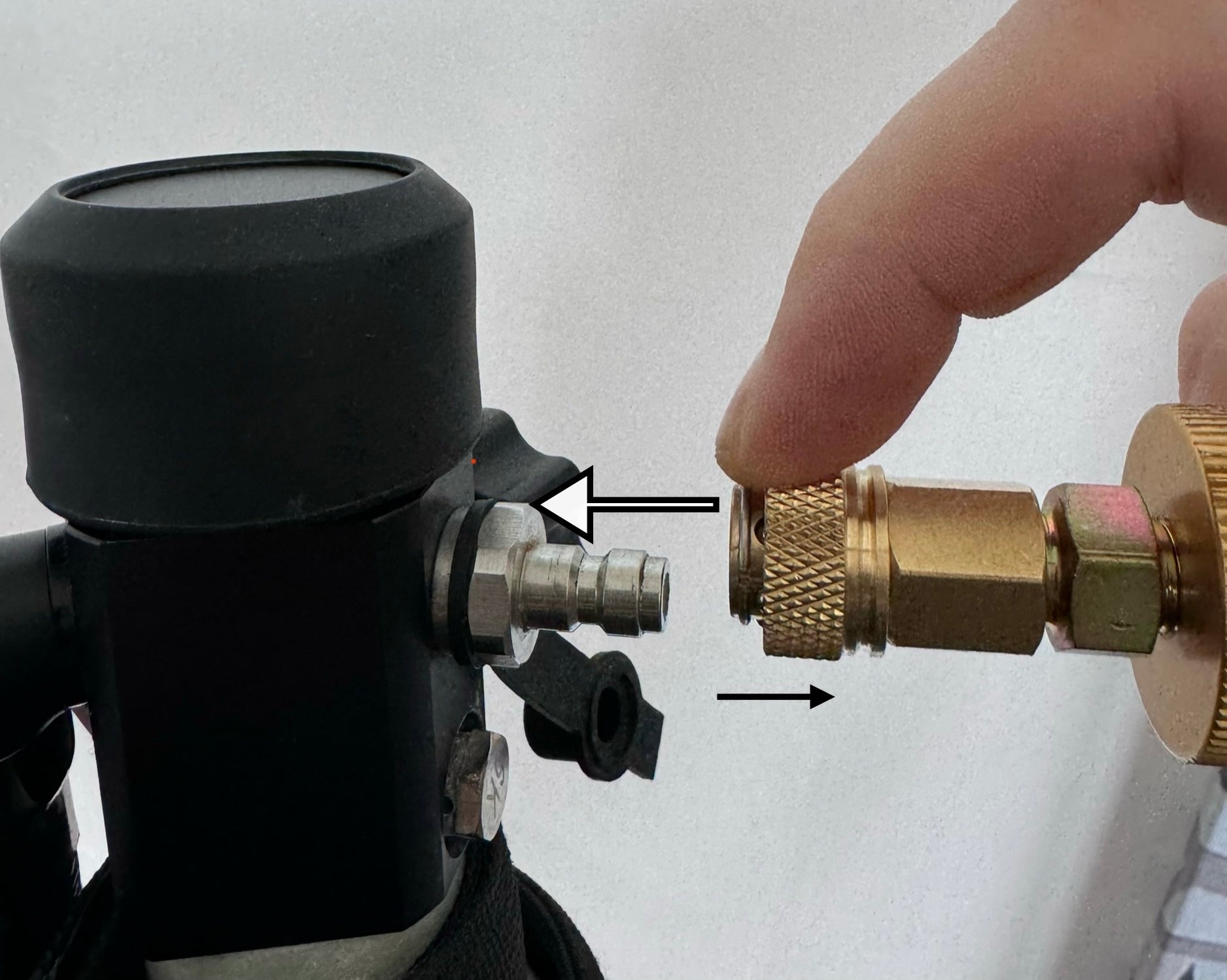
filling your tank
Check all your connection points
Always use a clean air source with oil/water filtration. Tightly secure all connections.
Monitor your pressure
Do not exceed the Maximum working pressures:
200 bar - ORCA 500
300 bar - ORCA PRO (Carbon)
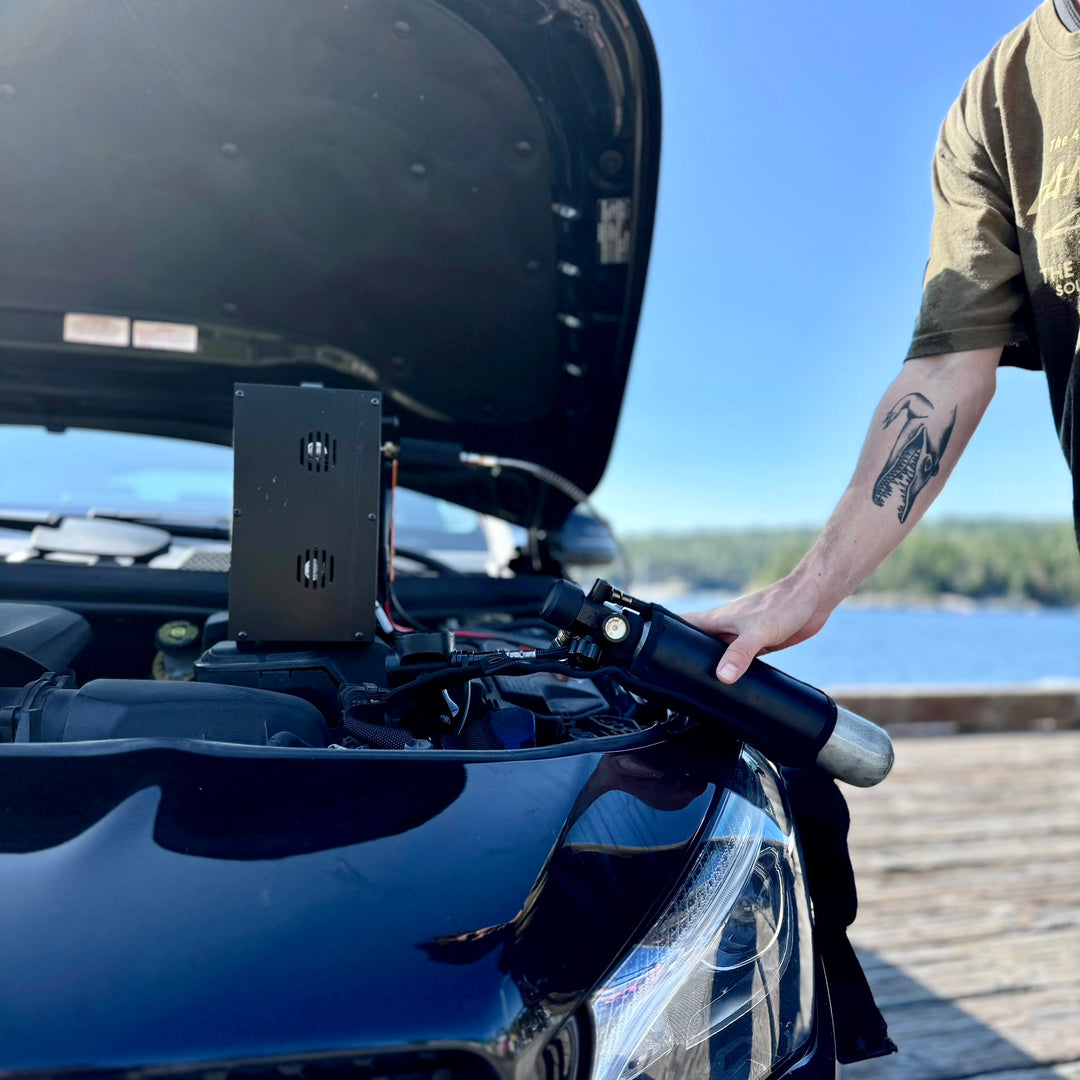
Prepare for your dive
test your equipment
Prior to getting in the water, test everything on land.
be safe
Start shallow
Diving in the open ocean is extremely dangerous and requires specialized training
Caution
Always exhale!
In all SCUBA systems, when ascending during a dive, it's crucial to exhale continuously to prevent overexpansion of the lungs, which can lead to a potentially life-threatening condition known as pulmonary barotrauma. This occurs when expanding air is trapped in the lungs due to inadequate exhalation during ascent, causing lung tissue damage. Proper buoyancy control and a slow, controlled ascent while exhaling is critical to prevent this condition, and ensure a safe and enjoyable dive.
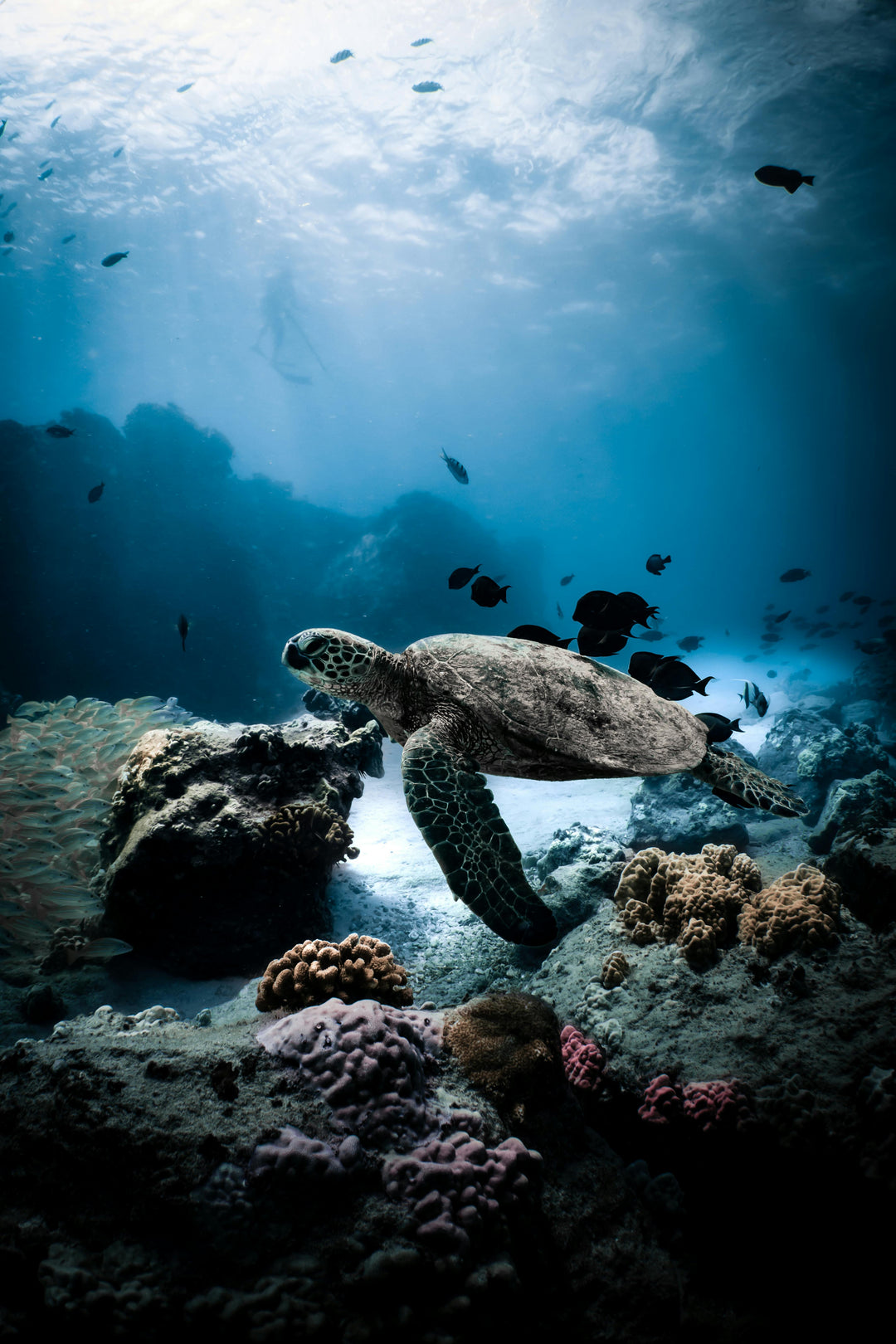
Know your limits and be aware
The ORCA is not intended to be used as a primary source of oxygen at depths greater than 10 meters.
Always be aware of the air capacity in your tank by referring to the pressure gage at regular intervals
Nitrogen poisoning, also known as nitrogen narcosis or "rapture of the deep," is a condition that can affect scuba divers at depths below 30 meters (100 feet). It occurs due to the increased pressure at depth, which causes nitrogen to dissolve in the bloodstream. This can lead to symptoms similar to alcohol intoxication, such as impaired judgment, euphoria, and confusion. In severe cases, it can cause loss of consciousness or death.
To mitigate the risk of nitrogen poisoning, divers can use specialized gas mixtures, such as nitrox, which have a lower nitrogen content than regular air. Additionally, divers should adhere to safe diving practices, such as ascending slowly and avoiding deep dives beyond their training and experience level.
Be safe
Orca
The worlds most advanced breathing system
How to reach us
For all sales inquires please contact billy@orca.surf or use the form below.
FAQs
Our Orca mini scuba tanks are designed to give you flexibility and freedom for your underwater adventures. Here’s a breakdown of how much breathing time you can expect from each model, depending on whether you’re at the surface or diving to a depth of 10 meters (33 feet).
Breathing Stats for Each Model:
Model Breaths (Surface) Breaths (10m Depth) Time (Surface) Time (10m Depth)
ORCA 500 (0.5L, 3000 PSI) ~204 breaths ~102 breaths ~13.6 minutes ~6.8 minutes
ORCA PRO 300 (0.3L, 4500 PSI) ~184 breaths ~92 breaths ~12.3 minutes ~6.1 minutes
ORCA PRO 500 (0.5L, 4500 PSI) ~306 breaths ~153 breaths ~20.4 minutes ~10.2 minutes
ORCA PRO 1100 (1.1L, 4500 PSI) ~673 breaths ~336 breaths ~44.9 minutes ~22.5 minutes
How the Math Works:
1. Air Volume in Each Tank:
• The ORCA 500 holds 102 liters of compressed air.
• The ORCA PRO models hold 91.8 liters (300), 153 liters (500), and 336.6 liters (1100), thanks to their high-pressure carbon fiber design (4500 PSI).
2. Number of Breaths:
• At the surface, a typical breath uses 0.5 liters of air.
• At 10 meters depth, pressure doubles, so each breath uses 1 liter of air (reducing the number of breaths by half).
3. Breathing Time:
• With an average breathing rate of 15 breaths per minute, you can estimate how long your tank will last by dividing the total number of breaths by 15.
Quick Tips for Choosing the Right Tank:
• ORCA 500: Compact and ideal for short dives or surface exploration (~13 minutes at surface, ~7 minutes at 10m).
• ORCA PRO 300: Lightweight and portable, great for freediving or quick dives (~12 minutes at surface, ~6 minutes at 10m).
• ORCA PRO 500: A balanced option for moderate underwater exploration (~20 minutes at surface, ~10 minutes at 10m).
• ORCA PRO 1100: The ultimate choice for extended dives or snorkeling (~45 minutes at surface, ~22 minutes at 10m).
Plan Your Dive with Confidence
Knowing how long you can breathe underwater with each Orca tank allows you to make informed decisions for your adventure. Whether you’re snorkeling at the surface or exploring deeper waters, there’s an Orca tank perfect for your needs
Approximately 30 minutes with a hand pump, 10 minutes with an electric pump, and < 2 minutes with the tank to tank adaptor.
30 day money back guaranteed. We send a postage paid box to you, No hassle.
2 year warranty on defects.

